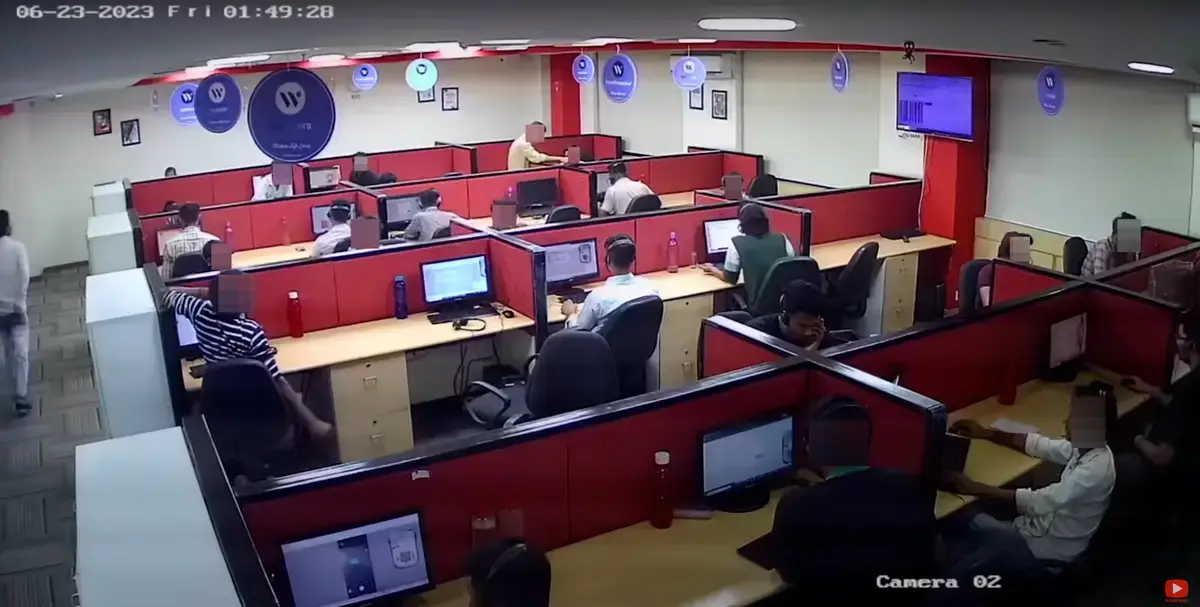Most recently, other than Trump, George HW Bush lost the election while incumbent. Prior to that it was Jimmy Carter.
The next most recent person to win the election but lose the popular vote was George W Bush, prior to that is was Harrison back in 1888.












Listen. I know that there are some really shitty stuff going on in North Korea, and very real threats that their government is capable of, and it sucks for the people living there who have to do this work under threat of death.
But if you say that “the scam” is they’re doing work and receiving full pay for work done, I’m going to make fun of you. Oh no, someone outside of the West did work and was slightly less exploited by capital than usual in the process. Horror upon horror.